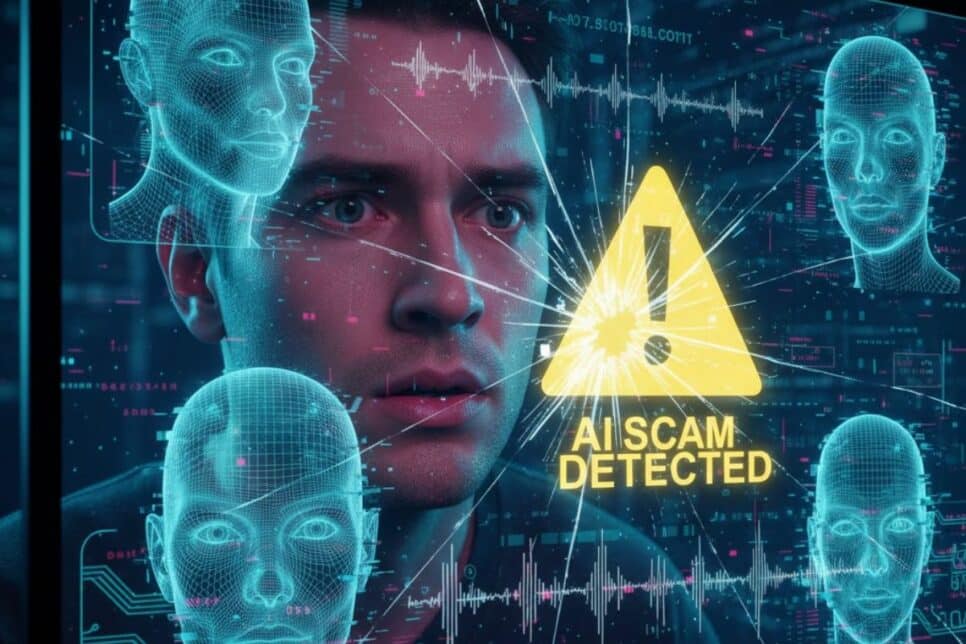Okay, here’s a breakdown of the text, categorized for easier use and analysis. This includes key themes, important facts, and potential areas for further exploration.
CONTINUA DEPOIS DA PUBLICIDADE
I. Core Theme: The Rise of AI-Powered Scams & The Need for Vigilance
Central Argument: AI is dramatically increasing the sophistication and effectiveness of scams, demanding heightened awareness and defensive measures. Key Phrase: “A fronteira entre o real e o artificial nunca foi tão tênue” (The boundary between real and artificial has never been so blurred). This highlights the core challenge.
CONTINUA DEPOIS DA PUBLICIDADE
II. The Nature of the New Scams
Sophistication: Scams are no longer simple “estelionatários de esquina” (corner con artists). They are now generated by AI, making them incredibly realistic. AI Techniques Used: Deepfakes: Mentioned as a potential threat (cloning of voice and face). AI-Generated Text & Discourse: The AI can create convincing narratives and arguments. Examples of Scam Types (Implied): Vagas que exigem pagamento antecipado (jobs requiring upfront payments – a classic red flag). Opportunities that seem “incríveis demais” (too good to be true).
CONTINUA DEPOIS DA PUBLICIDADE
LEIA TAMBÉM!
III. Solutions & Defensive Measures
Individual Actions: Desconfie de oportunidades “incríveis demais”: Critical thinking and skepticism are paramount. Confirme a identidade de quem entra em contato: Don’t rely solely on digital communication. Evite compartilhar áudios e vídeos pessoais publicamente: Protect against deepfake threats. Ative autenticação multifator (2FA): Layered security is essential. Mantenha-se informado sobre novas técnicas de fraude digital e atualize senhas com frequência: Continuous learning is crucial. Systemic Solutions: Investimento em ferramentas de detecção de manipulação: Technological solutions are needed. Legislação específica para uso indevido de IA: Legal frameworks must adapt. Programas públicos de educação digital e segurança cibernética: Public awareness campaigns and education are vital.
IV. Specific Examples & Context
Finlândia’s Approach: The Finlândia example is presented as a positive model: Educação em IA (Alfabetização em IA): Focus on teaching children to recognize and question AI-generated content. “A escrita técnica é uma ferramenta para ajudar as pessoas a pensar e perceber quando algo parece bom demais para ser verdade”: Emphasizes the importance of critical thinking skills. The Shift in Threat Landscape: The text contrasts the old “corner con artist” with the new AI-powered threat.
V. Key People & Organizations (Implied)
Moysés Batista: Presented as an expert in the field. Researchers: Specifically, those involved in developing AI literacy programs. Governments & Tech Companies: Organizations responsible for developing and deploying AI technologies.
—
To help me tailor this further, could you tell me:
What is the purpose of this text analysis? (e.g., creating a report, summarizing for a presentation, generating questions for discussion, etc.) Are there any specific aspects you’d like me to elaborate on? (e.g., the technical details of deepfakes, the legal implications of AI-driven fraud, or the role of education in combating this threat).
